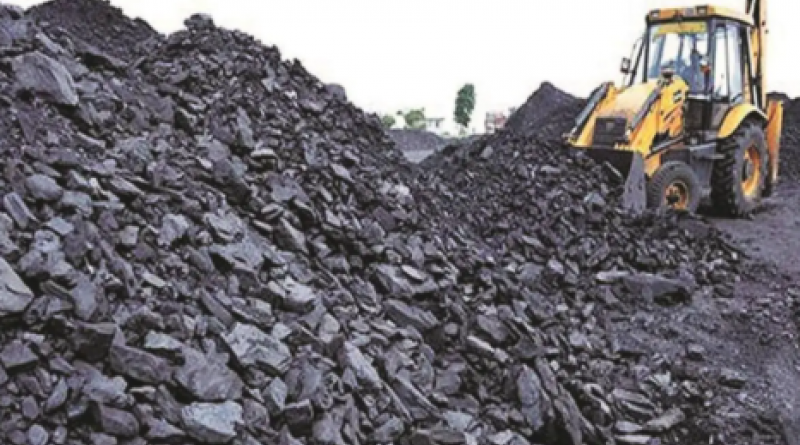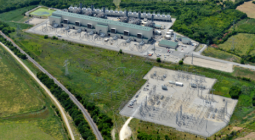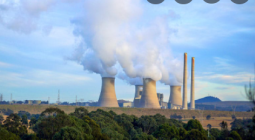Coal output rose in first half of 2021 but employment continues decline

U.S. coal production bounced back in the first half of 2021 from early pandemic lows set in the first half of 2020, but average quarterly employment in the sector has not similarly recovered.
Total U.S. coal output dipped substantially in early 2020 as reduced demand drove down energy consumption during widespread quarantining efforts. Production has steadily increased since the second quarter of 2020, though it has yet to climb back to the level reported in the first quarter of 2020. Meanwhile, average quarterly employment in the coal sector has steadily declined after a sharp drop in the second quarter of 2020.
While coal production has bounced back in 2021, it will likely fall modestly in 2022 against a backdrop of waning domestic demand, according to Benjamin Nelson, global lead analyst for coal at Moody’s Investors Service. In the meantime, employment is unlikely to increase as more efficient mines continue to operate and others close down, Nelson said. While that could lower costs, it may also create policy risk for the sector in the long term.
“As we think over a longer horizon, this is an industry with diminishing economic significance and diminishing employment,” Nelson said. “We think that creates longer-term policy risks, less support for the industry, or concern about what the industry does to take care of legacy sites and so forth.”
The U.S. coal industry is looking to advances in technology that could reduce emissions intensity to enable a path forward for the country’s thermal coal sector, according to Conor Bernstein, senior communications director with the National Mining Association. The group has also highlighted concerns about grid reliability as more coal plants are retired.
[Taylor Kuykendall and Krizka Danielle Del Rosario]
30 August 2021
IEEFA




